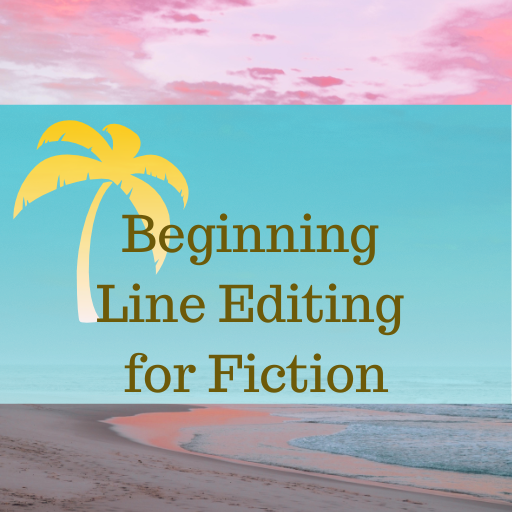Editing for Timeline Consistency
One of a book editor’s services is editing for timeline consistency, a common developmental concern. Here are some tips for tracking story timelines!
Problems with Editing for Timeline Consistency
A common developmental concern is a problem or error in the timeline of a story. Usually the copy editor is expected to track the timeline very carefully, but you want to avoid having a big problem at the CE stage that could have been solved at the DE stage if only you’d been paying attention. (And with indie authors, there may not be a CE stage.)
For line editors, this is also something we need to be able to pick up on. The DE (if there was one, and with an indie author there may not have been) might have missed it or deferred discussion of it until structural problems were addressed.
We need to spot that if in story time today is Tuesday and tomorrow is Friday, something has gone wrong somewhere.
Similarly, if Penelope is in Los Angeles at 9 a.m., she is almost certainly not getting off the plane in New York at lunchtime. In other words, we have to keep track of clock time as well as elapsed time.
For the author, fixing a timeline isn’t always as simple as changing the reference from Friday to Tuesday. It may require significant revision, depending on the story—which is why it’s better to catch the problem in dev than to hope the CE catches it.
Tips for Tracking Story Timelines
You can use a spreadsheet to track the timeline. If you’ve done a chapter-by-chapter summary, you can add timeline (and even location) tracking to that (Chapter 1—noon on Tuesday—Rome).
For beginning editors, tracking this in a chapter summary document can be extremely helpful. I still do this for complex edits. You wouldn’t send the author the tracking spreadsheet—that’s for your use.
You would use queries and any necessary ms edits to deal with timeline issues. If they’re extensive, you would also need to address them in the revision letter, as fixing the issues may require the type of rewriting that’s beyond the DE’s typical role.
Other Helpful Content
-
How to Create Defensible Edits
As a developmental editor, you need to know how to create defensible edits of a manuscript to help authors put out their best work. Tips for How to Create Defensible Edits When you’re doing a developmental edit—looking at the big-picture overview of a novel—you’ll generally be expected to provide two main services: The editing on…
-
When Is a Book Ready for Editing?
Both authors and editors have the same question at some point in the book writing / publishing process: When is a book ready for editing? So When IS a Book Ready for Editing? The creative process is not timely and linear, which is why, as an editor, I don’t book edits before an author’s manuscript…
-
Effective Client Communication for Book Editors
Managing client expectations is necessary for a successful business so here are my tips for effective client communication for book editors. My Top Tip for Effective Client Communication for Book Editors One way to avoid an unhappy client is to communicate all relevant information from the very beginning of your relationship with them. Clearly stated…
Join the Club!
New to story editing? Begin at the beginning.



